The first Budget Cuts took a full two years of development and multiple delays so the developer could make sure the game matched the vision. With about half the development time, Budget Cuts 2: Missing Insolvency doesn’t seek to reinvent the wheel. It merely expands on the ideas from its predecessor. Unfortunately, this shows in the final product. If Budget Cuts was a labor of love, Budget Cuts 2 is just labor.
Breaking it in
I had to play through the tutorial four separate times. The first time, the door I needed to open wouldn’t budge, causing me to miss most of the crucial tutorial progression. The second time, one of my last objectives decided not to pop. On the third time I actually managed to finish everything, but the level refused to end. After having the local death bots reset my life, via a bullet to the dome, I beat the tutorial by doing exactly the same thing. Apparently, the game decided that I was finally worthy to proceed.
Budget Cuts 2: Missing Insolvency is filled with examples of jankiness. From technical issues like poor item tracking to a fundamental lack of rewarding gameplay, it lives up to its name.
Another day in the office
But I’m getting ahead of myself. Budget Cuts 2 is a VR stealth game. In it, you use a portal gun to navigate office-themed levels while avoiding robot guards. Your only defense is throwable items like knives and coffee mugs, as well as using a newly added bow. Levels are large with a degree of verticality, but with the path forward always close at hand due to the limited range of your portal gun.
The gameplay bills itself as many stealth games are wont to. You are presented the choice of either sneaking past the enemy or leaving an oily path of destruction behind in your wake. All the while you are given cryptic clues on how to progress through each roadblock.
Normally, a game like this may be padded out with puzzles. This is not the case for Budget Cuts 2: Missing Insolvency. Every bit of progression is a Sisyphean effort of trial and error. In early levels, the path forward is intentionally confusing. The only way to know what is an accepted part of the level is to test it with a portal or to see an enemy walking on it.
The problem with the former method is that most of each level is filled with useless set-dressing, areas that offer nothing other than to waste your time as you meander through. The problem with the latter is that if an enemy sees you before you see them, you’re very likely to die from a bullet to your supple human noggin.
Robots don’t feel pain
Tracking in Budget Cuts 2 is a nightmare. There is almost nothing more frustrating than dying by missing a shot due to the tracking on your bow wigging out, shooting your entire arm away from your controller to the side. The best I can figure is that when using the bow, one controller blocks the second from being seen by any of my three sensors. But this is the only VR game I’ve ever played that had such abysmal tracking issues.
Tracking problems extend to the inventory system. On its own, it is a pretty clever and immersive way to manage your items. You pull up a floating dock with everything you’ve collected with one hand and select what you want with the other. It’s fantastic in theory, except it lacks any finesse.
Most of the time I would end up grabbing something in the general vicinity of what I wanted, but getting what I was actually aiming for was a nightmare. Considering that most of the items I’d choose to keep do the same job (killing robots), it’s not the end of the world. But having to stop all your momentum — because grabbing a coffee mug instead of a dart requires the steady hand of a neurosurgeon — becomes incredibly frustrating.
Buns of steel
Nearly everything you can do has to be done with real-world motions. Want to crouch? I hope you haven’t been skipping leg day because there isn’t a button for it; you gotta bend those knees and squat.
That in and of itself isn’t a bad idea and can be extremely immersive, but it’s held back by the fact that I have a two-pound brick on my face that is tethered by an entirely too short cable. “Move wherever you’d like,” says the game as it chortles knowing that you’re about to break something. Honestly, it seems like this game would be considerably more enjoyable with the wire-free Oculus Quest.
There is also the issue that this is the only VR game to ever make me queasy. A feat that even fast-paced games with direct locomotion like Sword and Sorcery, Fallout 4 VR, and Skyrim VR couldn’t manage. I’m genuinely baffled as to the cause. Switching from full room-scale 360-degree tracking to the simpler 180-degree tracking helped considerably.
A window into the soul (of the game)
Where Budget Cuts 2 does flourish is in immersion, as my thrice-punched ceiling lamp can attest. The areas feel believable to an extent, and the scale of buildings and objects present an incredibly natural-looking environment. The art design is also stellar; the robots are convincingly menacing when attacking and silly when idle. It is nearly enough to fully engulf you, which is why it is all the more jarring when textures break or when objects spasm and clip through nearby walls.
Fighting the controls
Adding to this is the fact that you will almost always be strapped for weapons. Unless you nail a headshot, enemy bots can sometimes take upwards of three attacks before dying. Conversely, all it takes is a single bullet to send you back to your last checkpoint, which can cost significant progress, especially in later levels. You can imagine a scenario where there is a room with four enemy robots who all want to see you terminated. And in your arsenal, you have (maybe) three lethal items and a couple of mugs that can temporarily stun your foes. To fight off these attackers, you need to manage your portal gun to move to and fro on one hand, while with the same hand pull up your inventory for your other hand to grab and equip items. The whole time your inventory is up you can’t move.
Bow-ing under pressure
The whole process gets even more complicated if you’re trying to use the bow. When it’s equipped, you need to switch your portal gun over to the bow, which is done by pulling up a second menu interface and moving your hand into the bow. Then on your bow hand, you have to pull up your inventory again and grab an arrow with your free hand. Then, and only then, can you nock the arrow and finally aim and shoot.
Keep in mind that the whole time you are trying to manage all of this, you can have an entire room of robots shooting at you. The result is that you’ll end up with a bunch of frustrating deaths that don’t feel like they’re your fault. Add to that the upgraded foes you’ll face at times that can’t be stunned at all in levels where you have no weapons and no place to hide.
It is a frustrating mess. If I die in a game, I want it to be due to a failing in my skill, not because the arrow I nocked suddenly decided that it’s happier living in the fourth dimension.
Thinking with portals
Combat aside, the movement system has issues too. All movement in Budget Cuts 2 is handled by a portal gun. Unlike the portal gun in, well, Portal, this one does not fire in a straight line. Rather, it fires a ball that travels in a short arc. That’s fine in theory, but a portal will only appear on surfaces on which you can stand.
Again, fine in theory. The problem here is that if your portal ball lands on any of these non-compliant surfaces, it bounces off of them until it can find an appropriate surface. This can take entirely too long because until it finds a place to land, you’re not able to move. This leaves you standing stationary and defenseless against anyone more than a few yards from you.
Glimmers of greatness
Comparing the sequel to the original Budget Cuts, you’re left with a lot to be desired. Some moments feel as if they were crafted with care, but those are fleeting. Early on you find yourself at a dead end in an office break room. After exploring the room you find no way to progress for some time. Then you spot it. On the wall near where you entered is a poster. “When you feel down, Look UP,” it reads. Above it is a missing ceiling tile leading to the path forward. Environmental direction like that is fantastic, but it isn’t common.
Later in the game is a level in which you need to avoid an unkillable enforcer robot. The area is dimly lit with a large grinder and a hydraulic press. Posters litter the level warning you that the grinder grinds and that the press will crush anything put under it. It seems like a way to kill an unkillable robot, right? Lure the robot under the press or into the grinder. Well, you would be wrong. You just have to slip by him into the elevator. All the “hints” beforehand were nothing more than red herrings.
A lesser sequel
Budget Cuts was no stranger to questionable but immersive level design to explore. But in Budget Cuts 2 there is no compelling reason to take in the sights. You’ll learn very quickly that there is little reward for exploration. Most items that you can interact with are seemingly useless. You’ll find entire stretches of empty rooms with nothing but the odd collectible as a reward for scrounging through dozens of otherwise empty drawers.
Every time I was let down by Budget Cuts 2 being less than what it seemed, it killed my enthusiasm bit by bit. By the end, however, nothing remained.
I know that great VR games are few and far between, but Budget Cuts 2 is far from worth it. It’s sad to see a great first outing followed up by what feels like a cash grab sequel. Cut the money you would have spent on this from your budget.

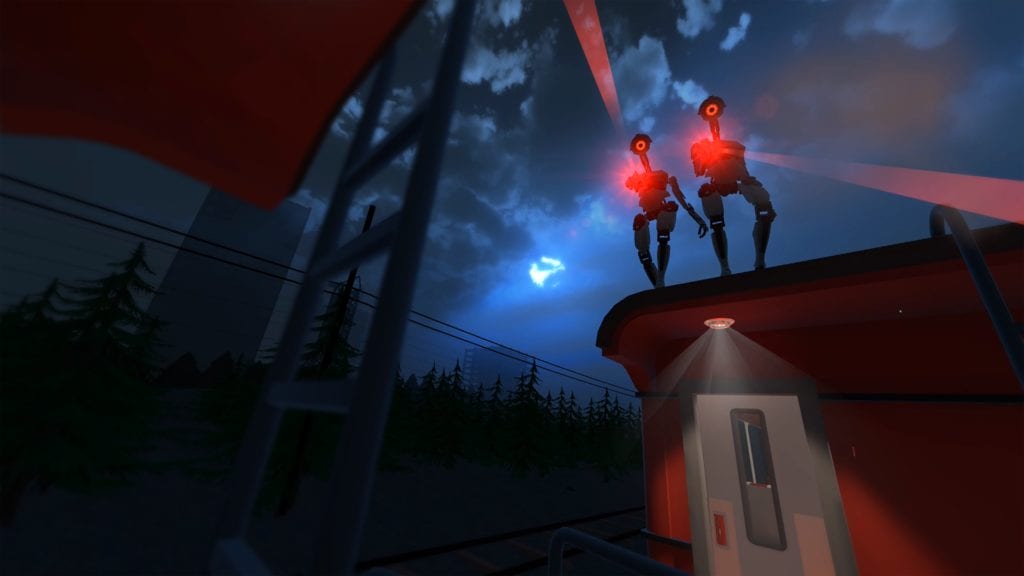
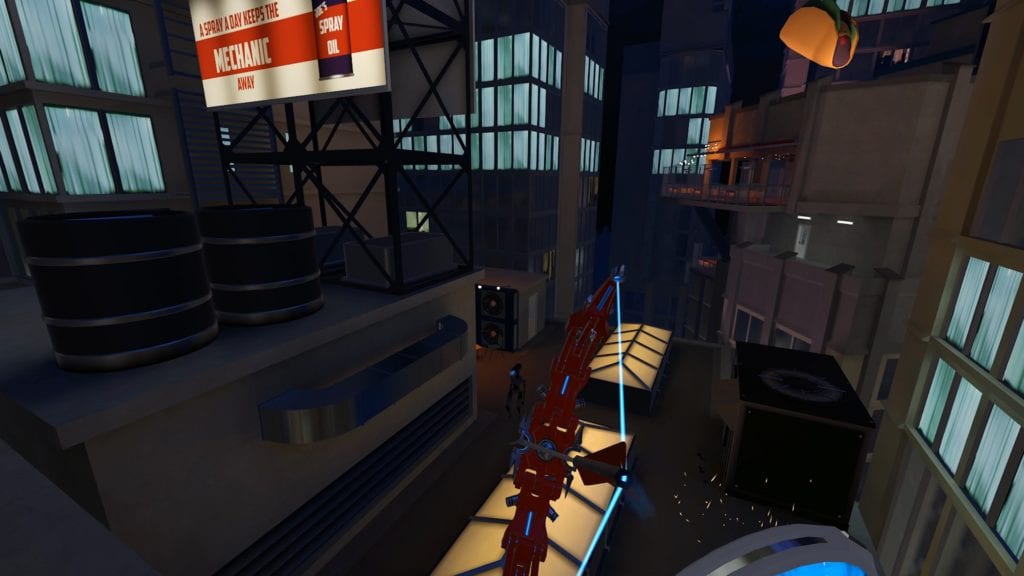
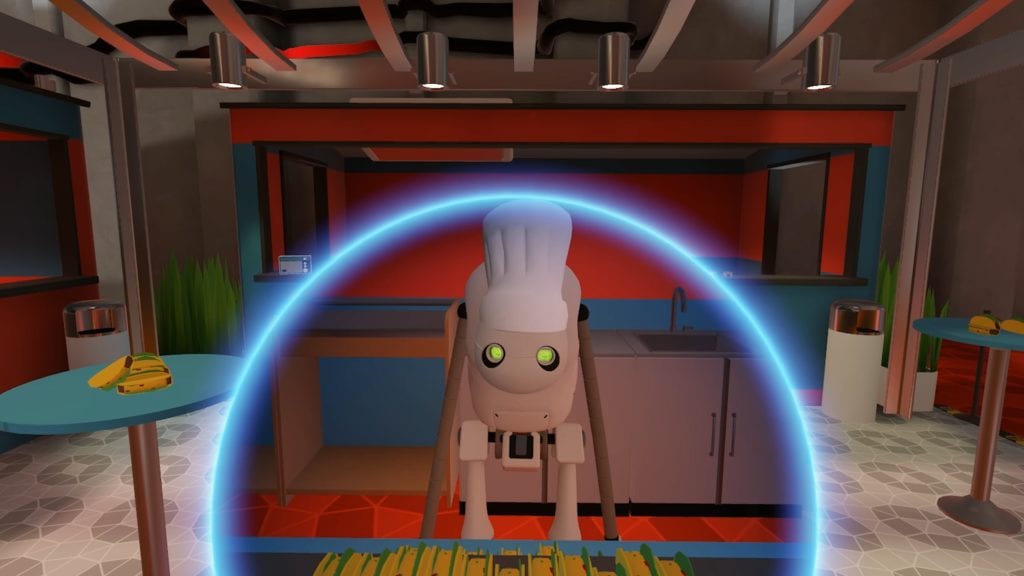
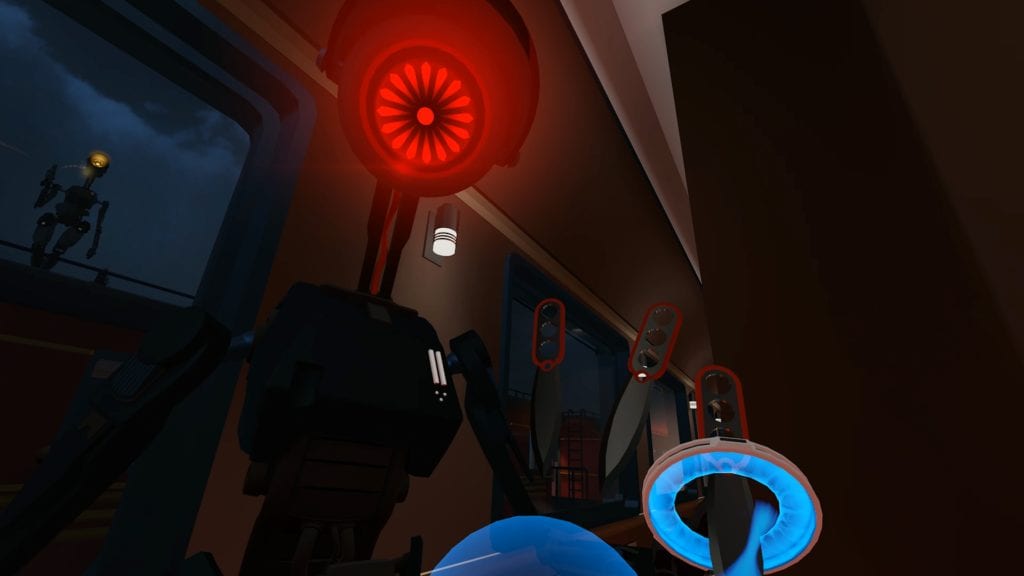
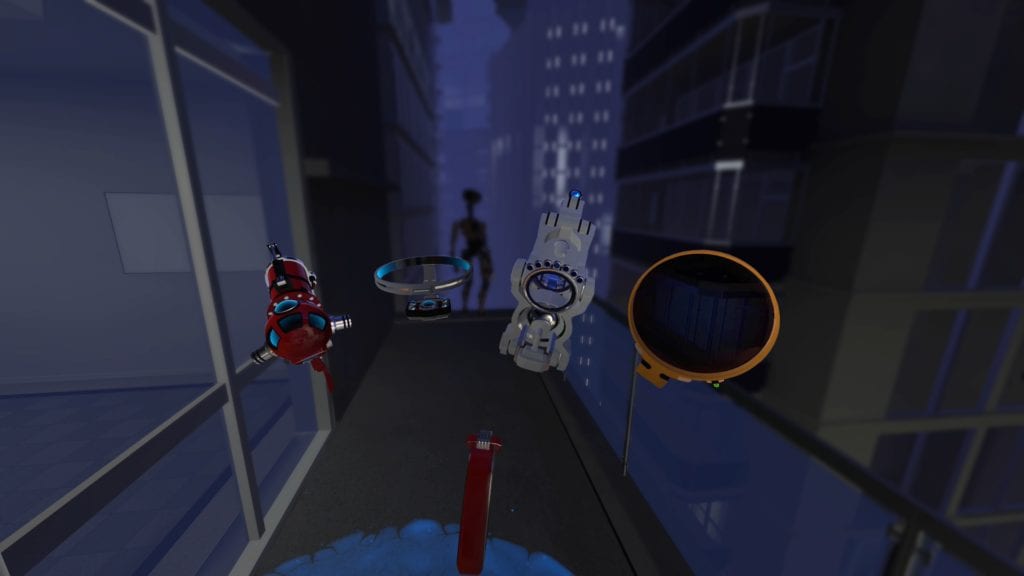
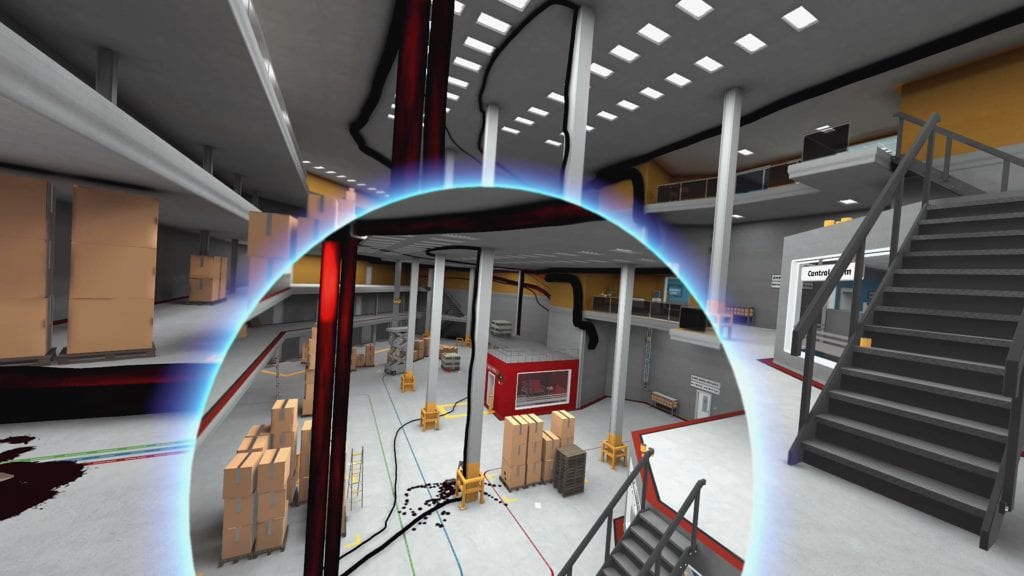
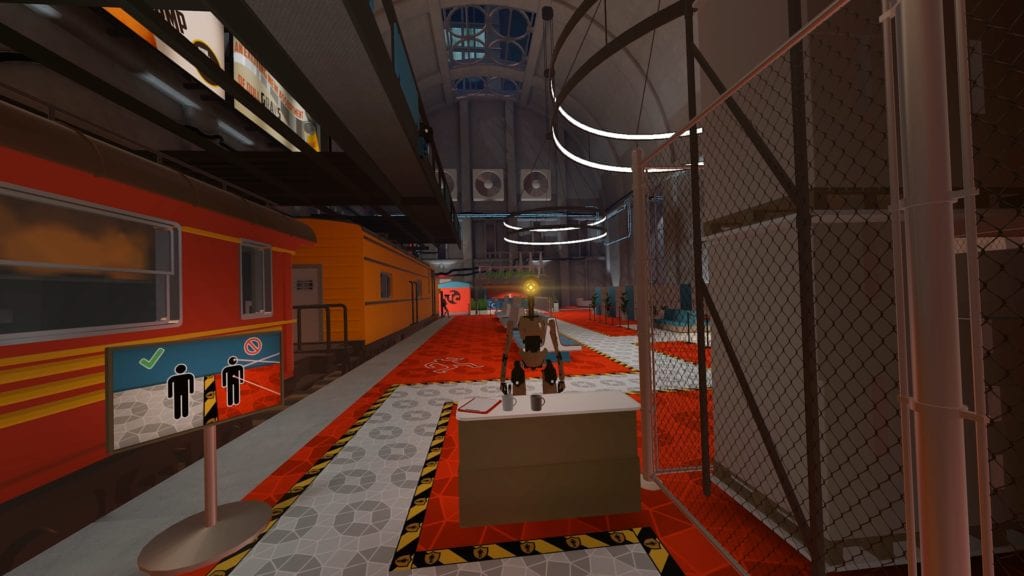
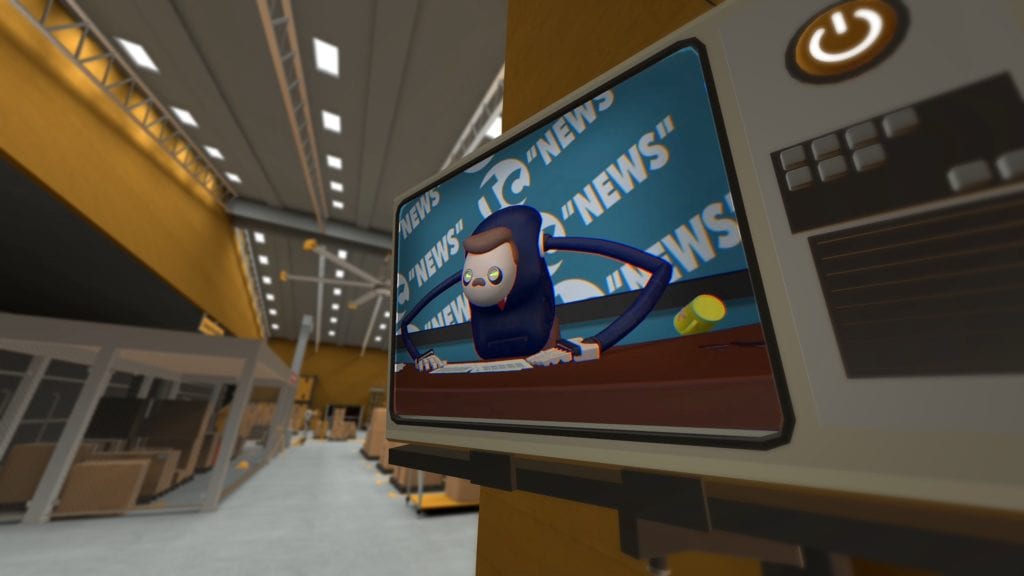





Published: Dec 12, 2019 3:00 PM UTC